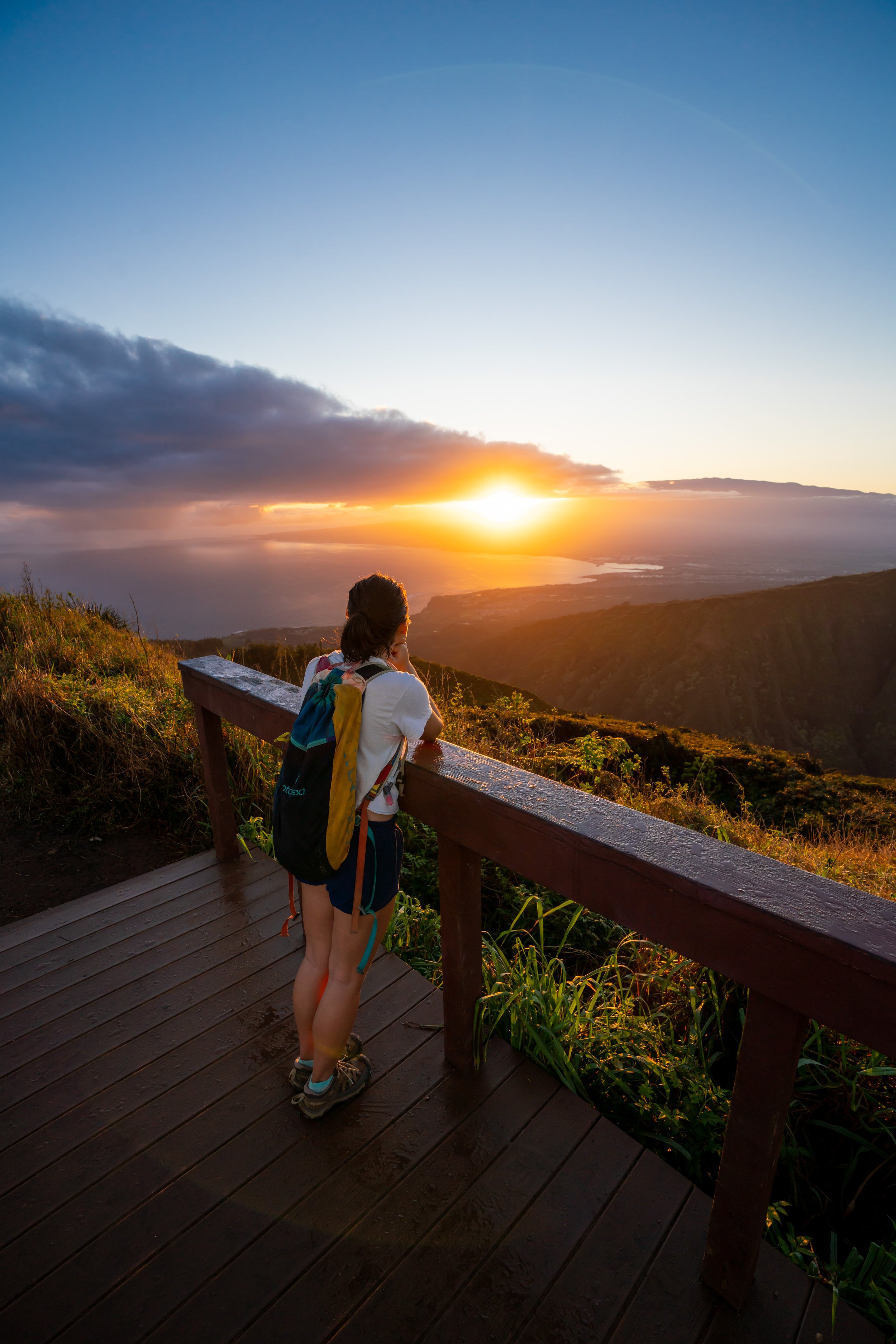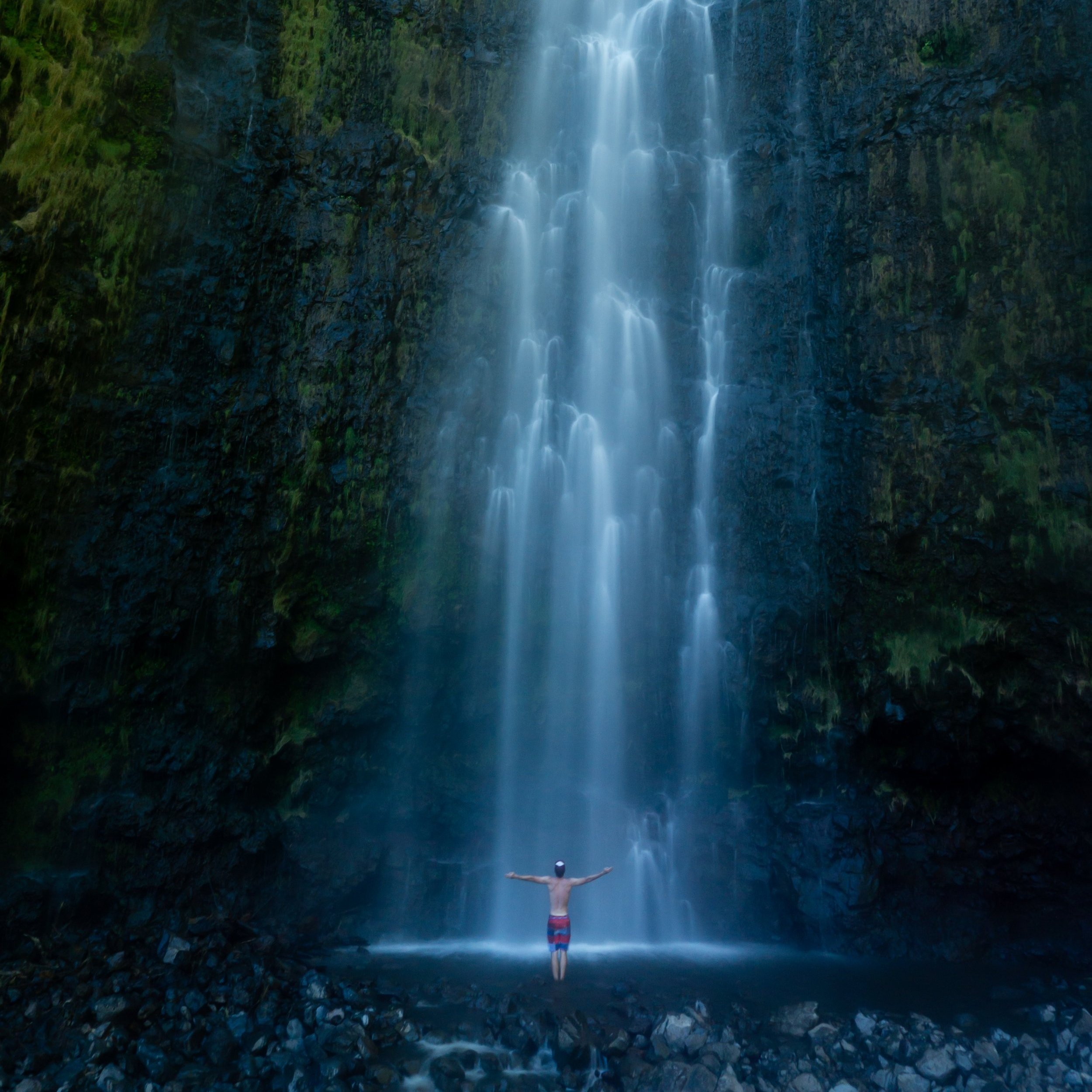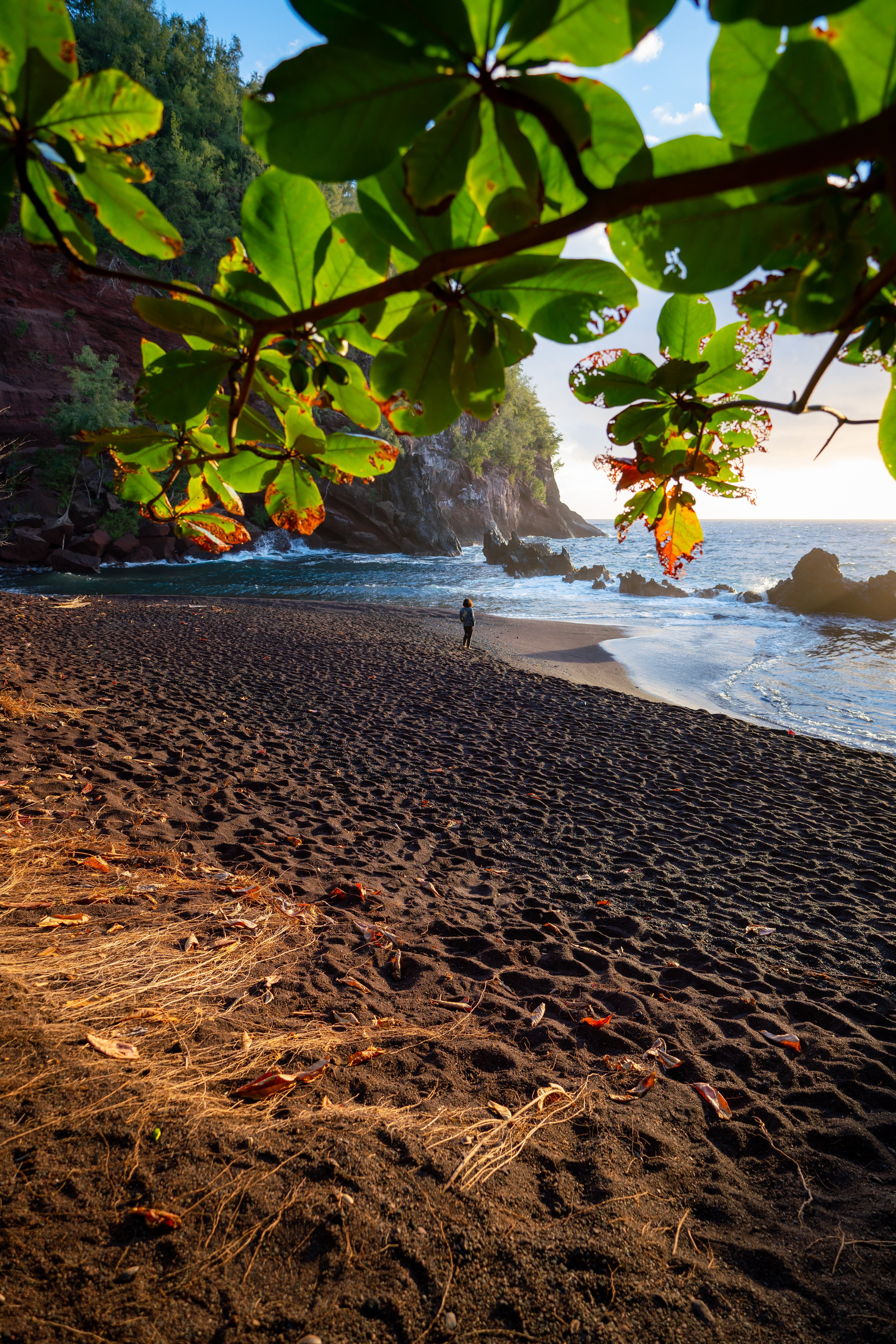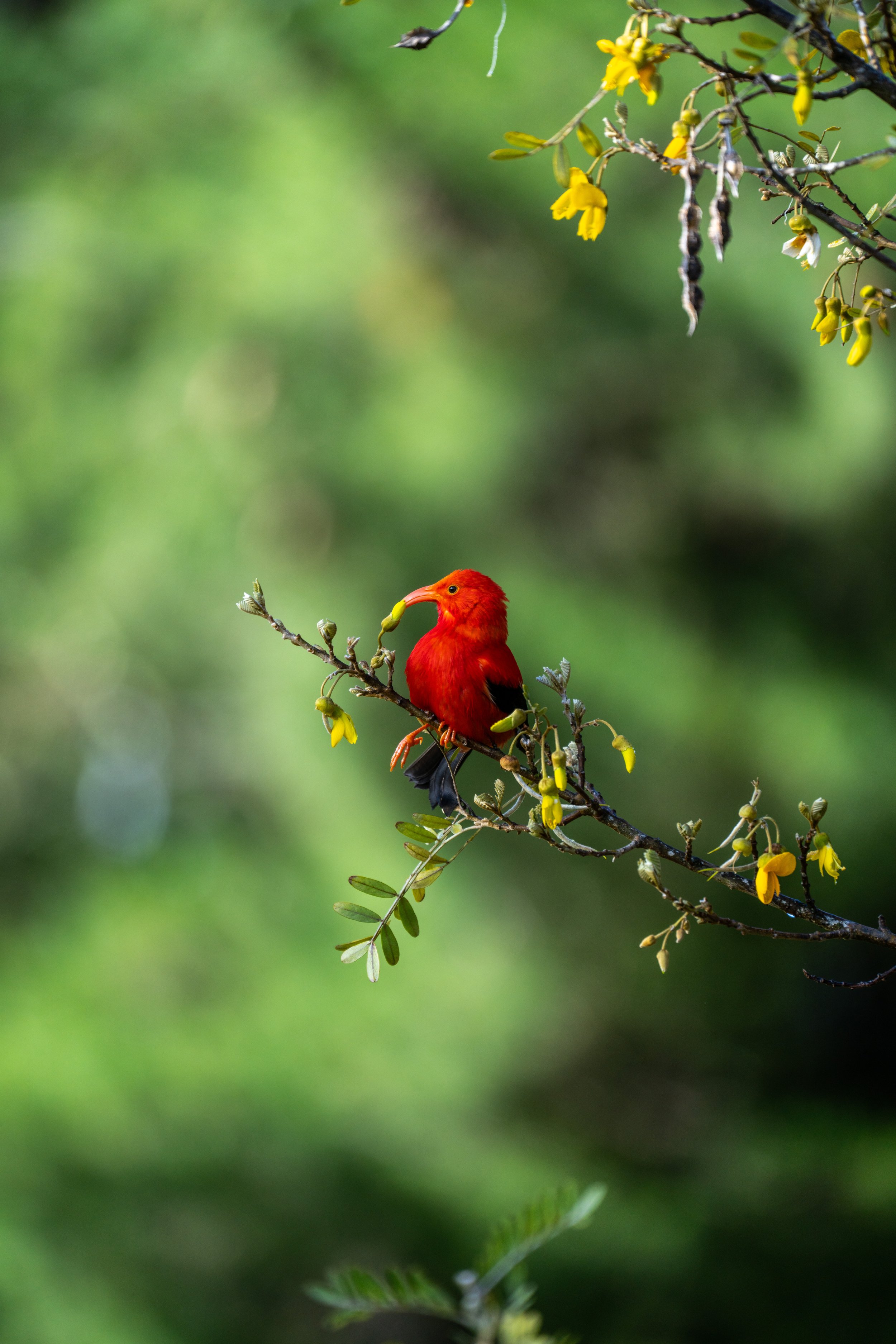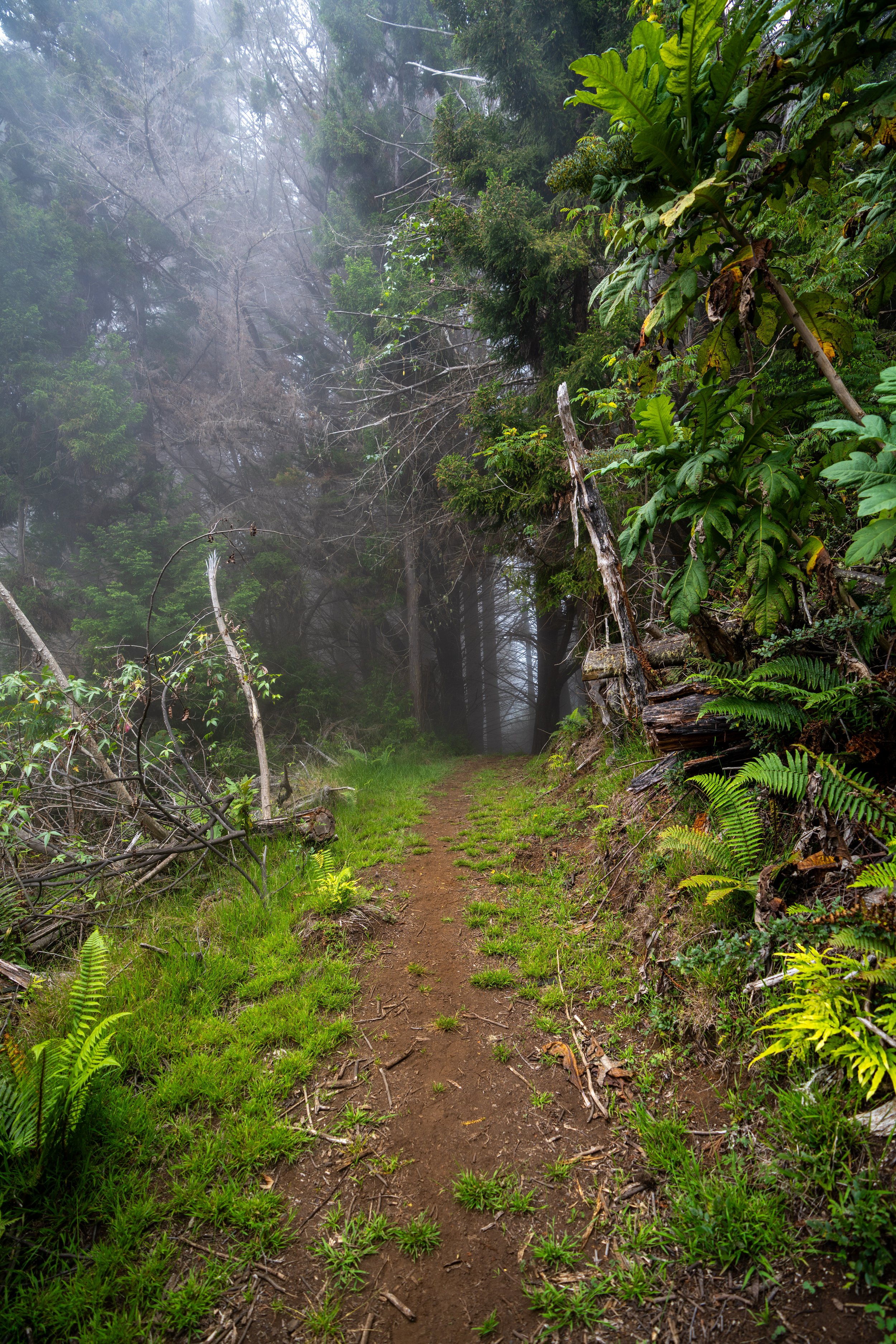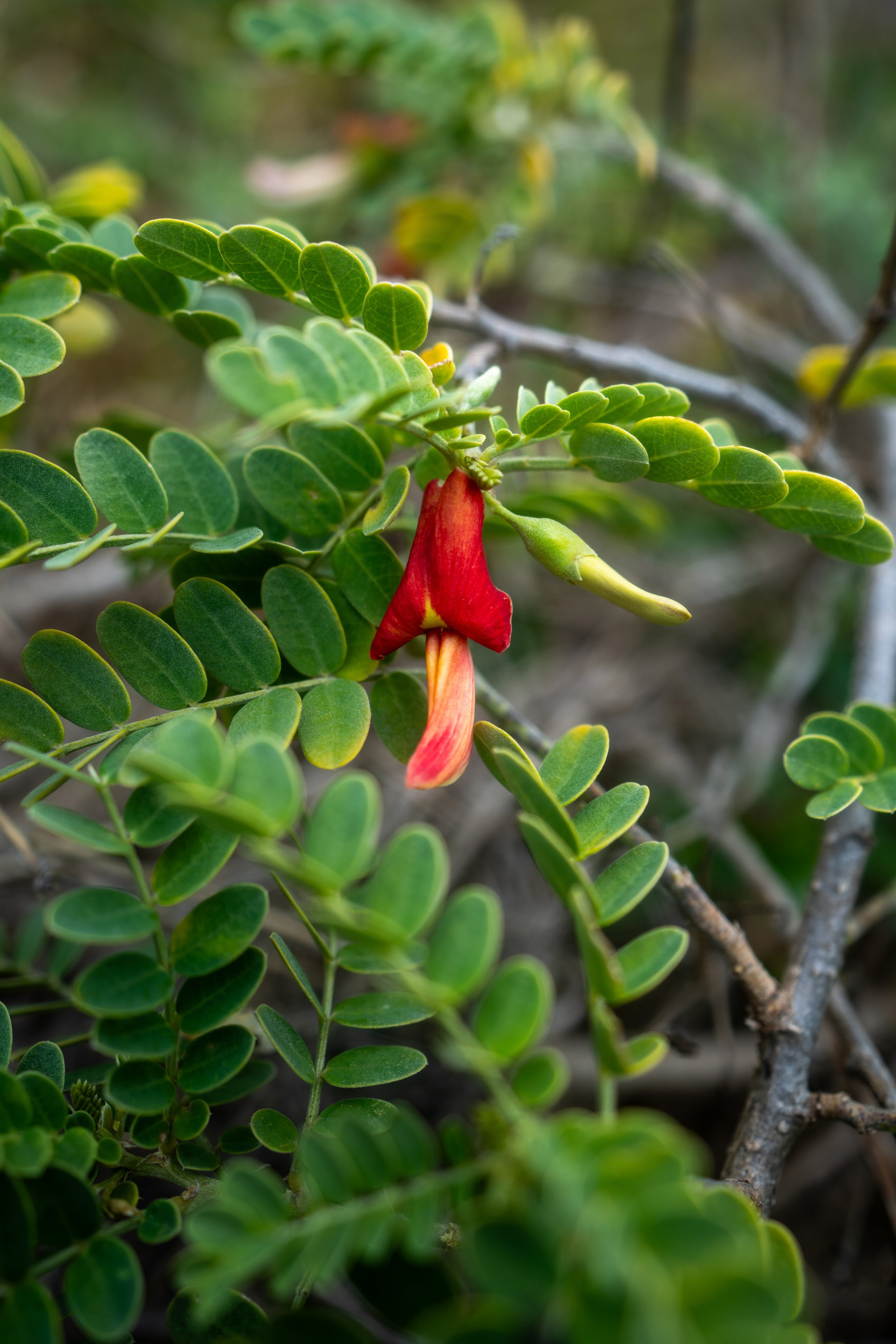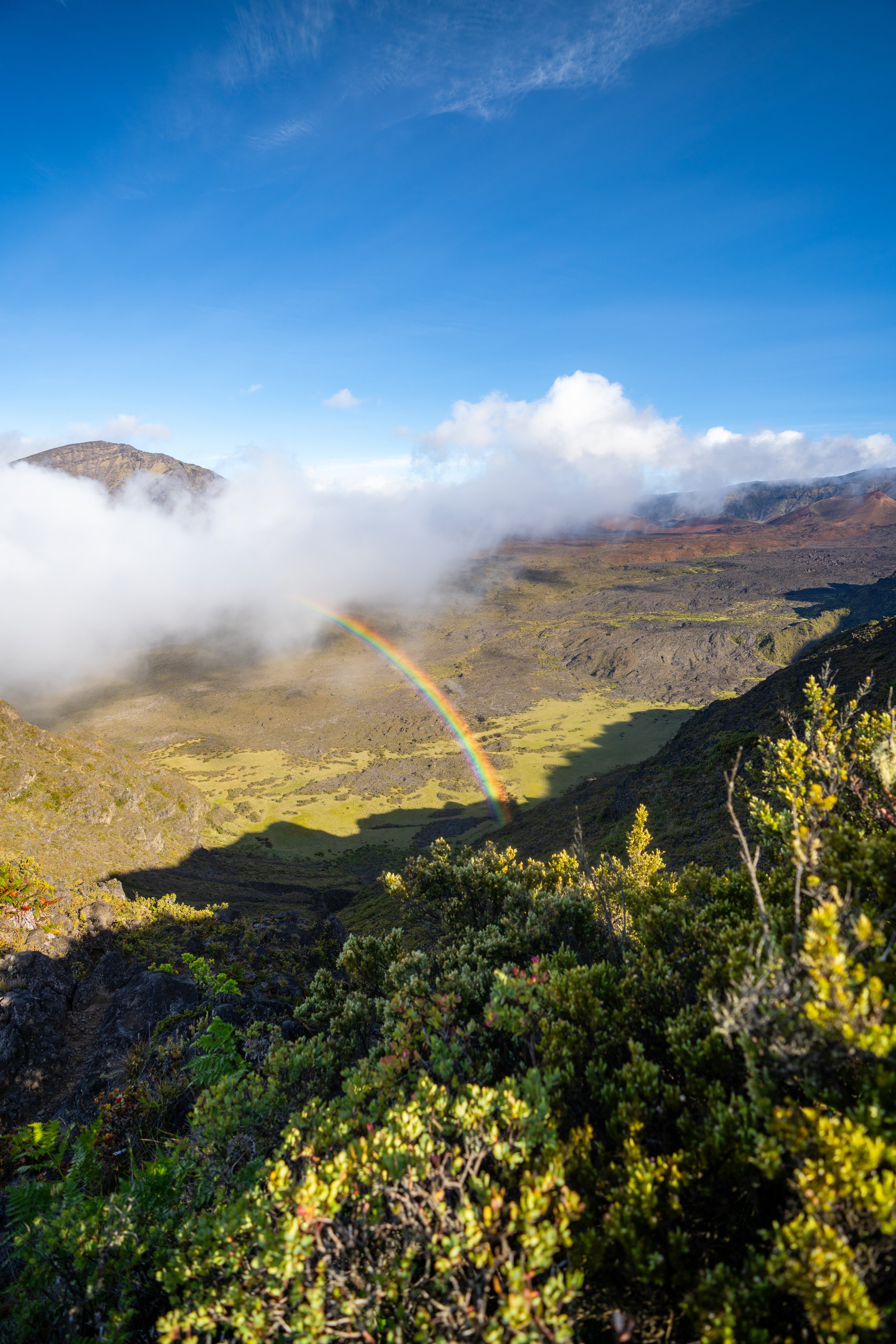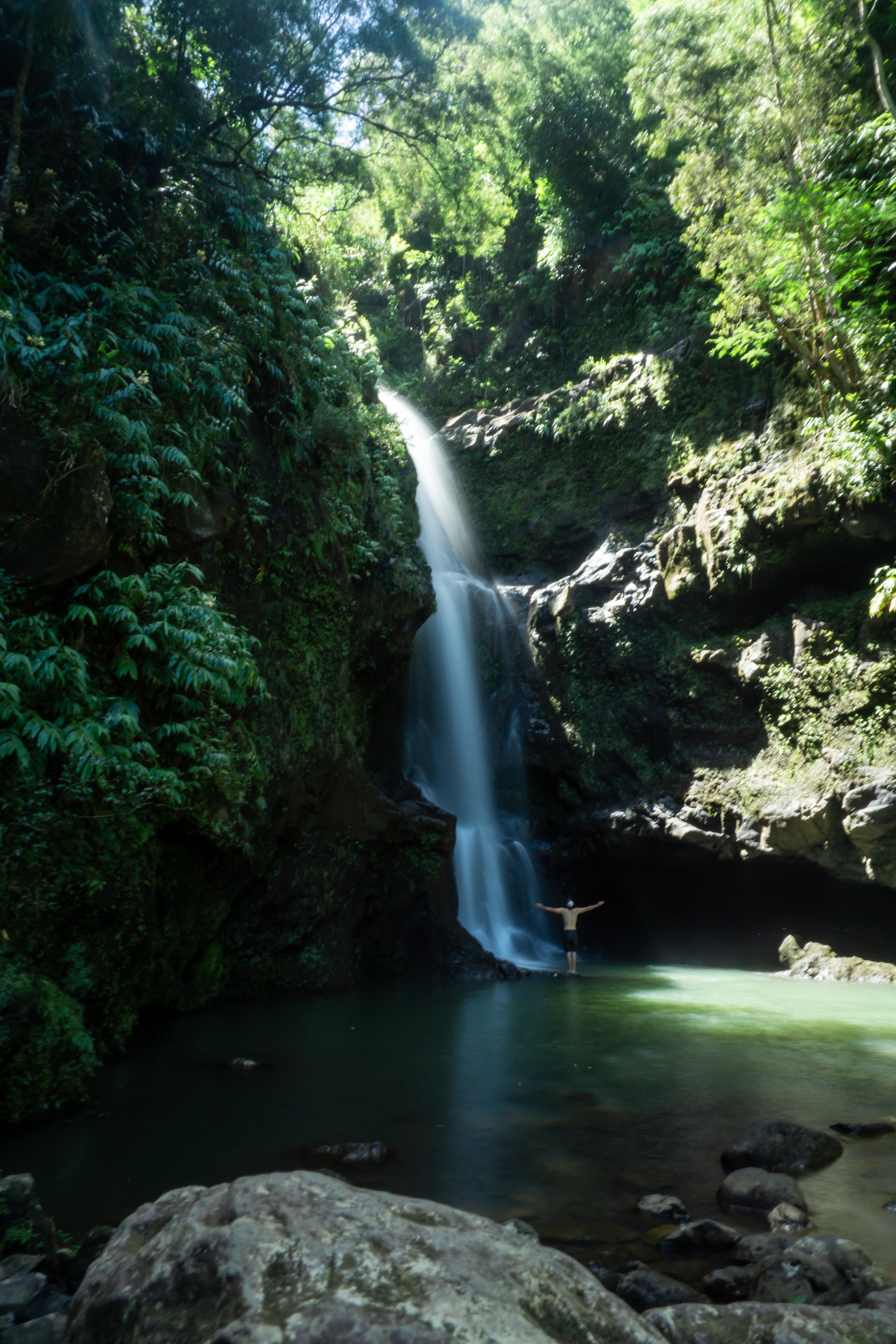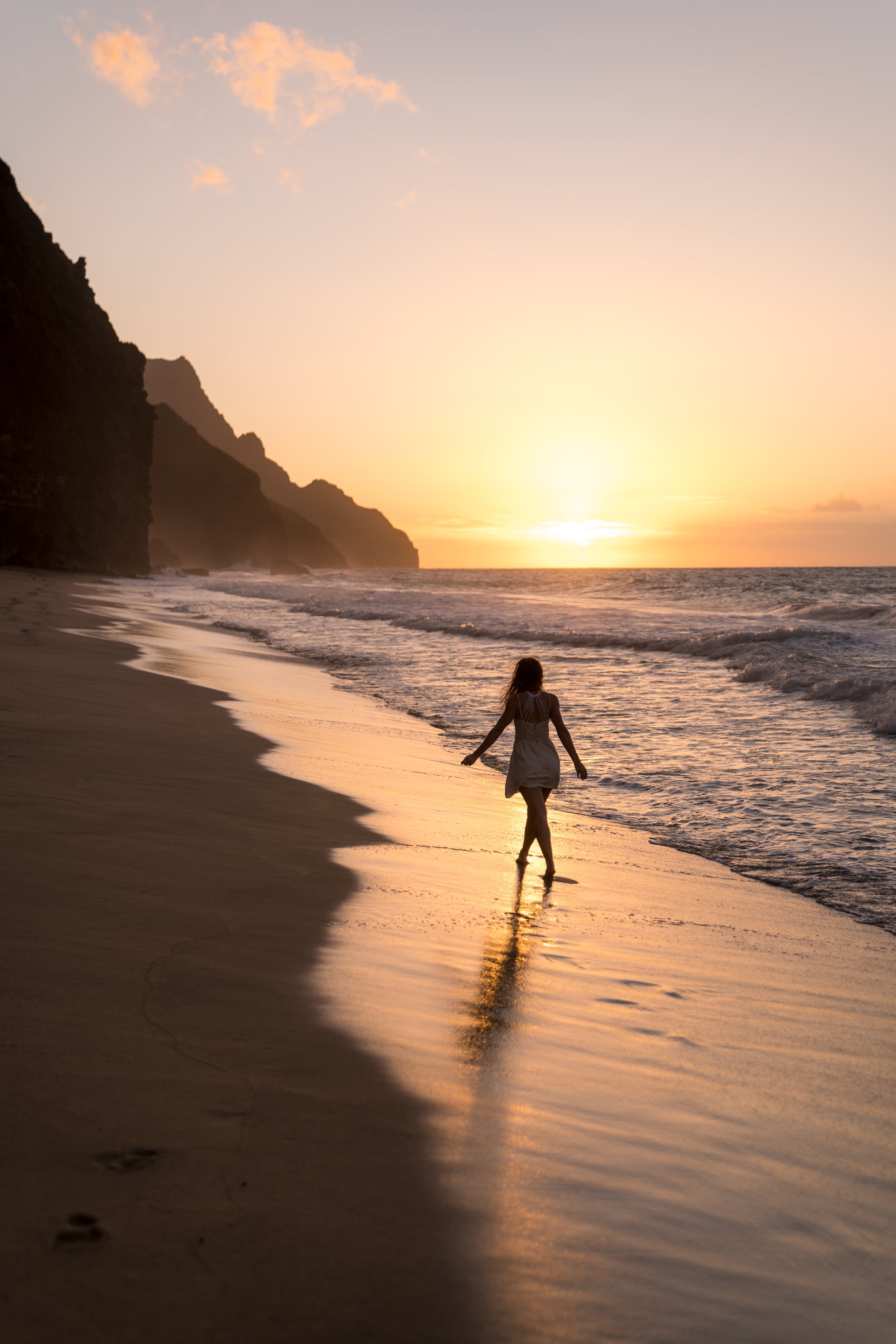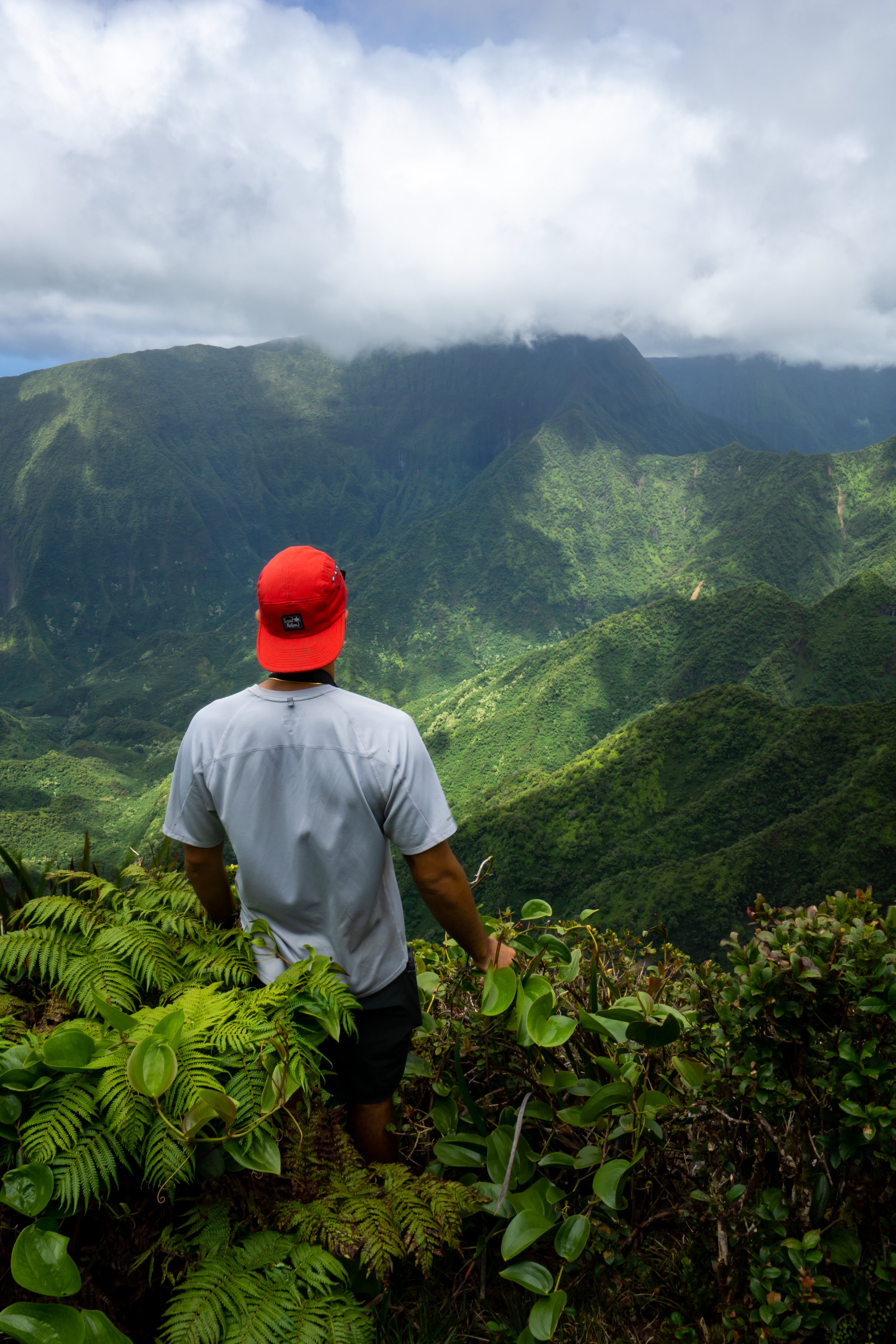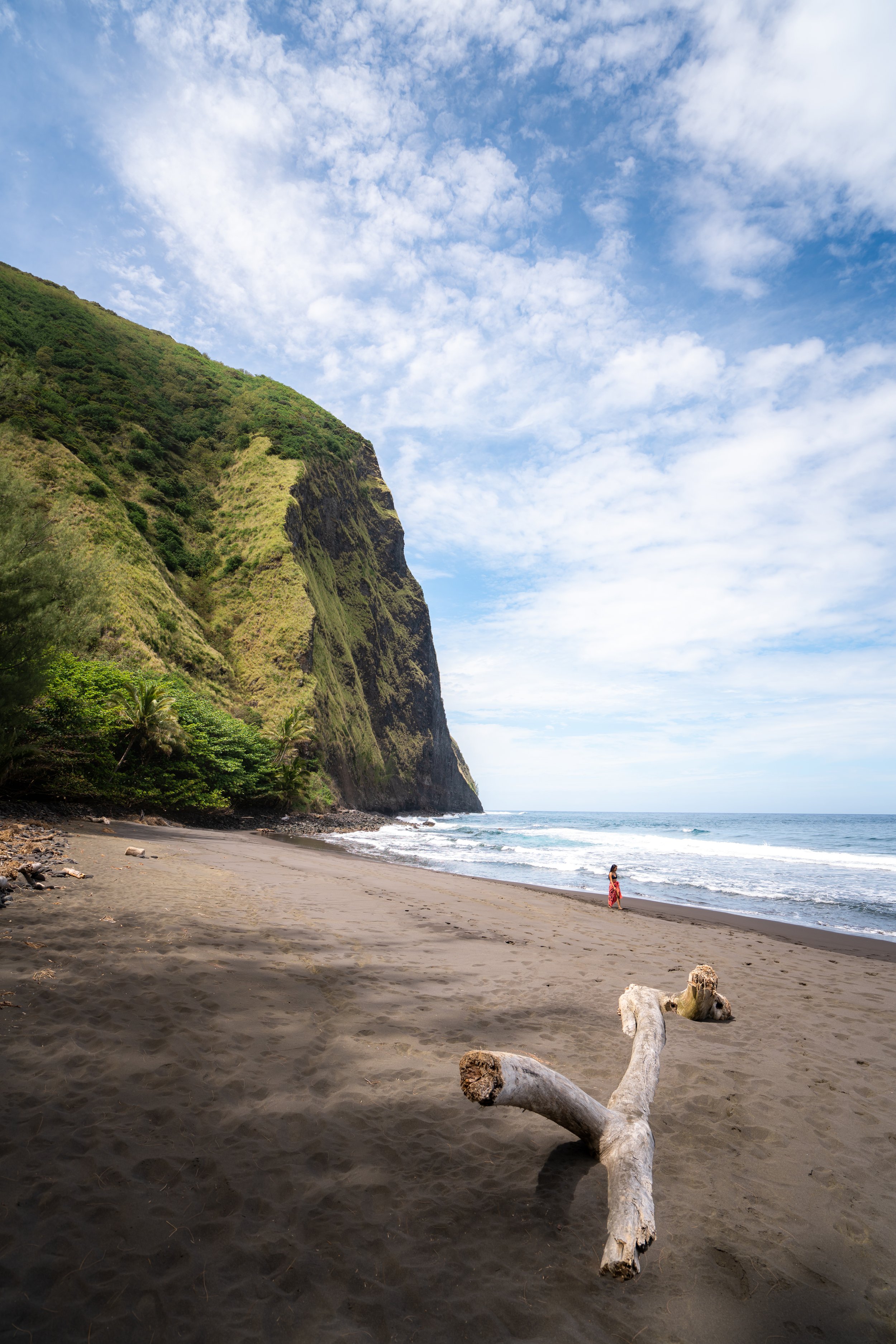Hiking the West Lāhainā Pali Trail (Windmill Hike) on Maui, Hawaiʻi
Distance (Roundtrip): 4.6 miles / 7.4 km
Elevation Gain: 1,500 ft. / 457 m
The West Lāhainā Pali Trail on Maui is a local favorite, as it’s best known for being a great place to see whales during the winter months and beautiful sunsets throughout the year!
That being said, it’s important to know that the Lāhainā Pali Trail is a fairly steep hike with limited areas to find shade, which is one additional reason I prefer to hike the trail closer to sunset over any other time of day.
West Lāhainā Pali Trail Trailhead Parking
Parking for the western half of the Lāhainā Pali Trail is located at the Ukumehame Trailhead in a dirt parking lot off the side of Honoapiʻilani Highway just before Papalaua Beach if you’re driving from central Maui.
Out of caution, consider the West Lāhainā Pali Trailhead to be a high-crime area for petty theft, meaning you should never leave visible bags or anything valuable in your car.
Google Maps Directions: Ukumehame Trailhead
My Hawaiʻi Hiking Checklist
Osprey 3L Water Bladder - The Osprey 3L water bladder is the most universal hiking and backpacking water bladder on the market, and it’s my go-to because of the slide-off seal that allows it to be quickly filled from the top. Additionally, individual parts are easily replaceable, such as the bite valve.
Blister / Heel Protectors - I swear by these cheap, amazing heel protectors to prevent blisters for nearly every kind of hiking and backpacking that I do!
Black Diamond Headlamp - Personally, I recommend the Black Diamond Storm because it is one of the brightest, lightest, and longest-lasting headlamps on the market—and trust me, the weight-to-battery-life ratio really does matter!
Hiking / Trail Running Shoes - Depending on the type of trail, I prefer to use either the Keen Targhee for longer, more rugged hiking or the HOKA Zinal Trail-Running Shoe for lighter, less intense trails. In either case, both have been amazing to me for many years across countless environments, and both can be found in men’s and women’s sizes. - (Men’s Keen / Women’s Keen) (Men’s HOKA / Women’s HOKA)
Waterproof Rain Shell - You never know when it may rain, and I’ve learned over the years that a rain shell is far better than a rain jacket. By this, I mean that it’s best to have something that the water will roll right off of, which is why I recommend the Patagonia Torrentshell 3L available in both men’s and women’s sizes.
High SPF Sunscreen - Packing high-SPF sunscreen is a must for long days outside!
Hiking the West Lāhainā Pali Trail
From the parking area, the West Lāhainā Pali Trail starts out in the shade before climbing above the canopy on the old highway shortly after the trailhead.
Old Honoapiʻilani Highway
Soon, the Lāhaina Pali Trail will reach the Old Honoapiʻilani Highway, where you want to go right up the old road until the next turn shown below.
This is the left turn to continue hiking toward the windmills.
In the winter months, these lower sections of the trail are some of the best places to see the whales, and this is where I recommend catching the sunset, so as to only have a short hike back down to the trailhead.
As I’m sure you can tell, the Lāhainā Pali Trail is almost entirely an uphill hike, where the western half of the trail gains about 1,500 ft. (457 m) from the trailhead to the windmills.
Mokumana Gulch
Mokumana Gulch is the 1.0-mile (1.6 km) mark, with just over 1.0 miles (1.6 km) to go to reach the windmills.
After Ōpūnahā Gulch, the next most notable point, you should start to see views of the windmills for the rest of the hike.
Windmill Road
The photo below is where the West Lāhainā Pali Trail meets the East Lāhainā Pali Trail that leads down toward central Maui.
The yellow sign essentially talks about trespassing up Windmill Road and the conservation efforts underway in the area.
To this point, I’ve personally seen Nēnē fly overhead on the Lāhainā Pali Trail, which is just one example of the many other protected species in the area. Therefore, I ask that you please respect the sign by not hiking further up the road.
As previously mentioned, I recommend catching the sunset about 0.5 miles (0.8 km) or less up the trail, which is especially true in the summer months based on where the sun will be setting.
Native Plants on the Lāhainā Pali Trail
The sign at the trailhead talks about a native Wiliwili forest on the Lāhainā Pali Trail, but don’t expect to see any large Wiliwili trees on the western half of the trail. In fact, there are much better places along the drive around Kaupō to see large overstory Wiliwili trees.
That being said, much of the Lāhainā Pali Trail is dominated by non-native/ invasive Fountain Grass. However, if you look carefully along the hike, you can find a variety of native Hawaiian plants, which include ʻIlima, ʻUhaloa, and the Hoary Abutilon shown below.
If you’d like to learn more about these plants and tons of other native plants from across the islands, I encourage you to check out my separate post linked below.
Read My Separate Post: Native Hawaiian Plant Guide
More Maui Adventures
If you’re interested in reading about some more amazing Maui adventures, check out my separate posts below!
Best Hotels & Vacation Rentals on Maui
Since Maui is such a big island and driving from place to place can take a long time, many of the best places to stay are located on all different sides of the island.
I recommend starting your search on VRBO to compare places from Kīhei, Kahului, Lāhainā, Kāʻanapali, and Hāna.
Maui Airport-Hotel Shuttle
Prices on ride-share apps like Uber/ Lyft cannot beat the price of booking your hotel or vacation rental shuttle prior to arrival.
That being said, the shuttle options below are incredibly cheap, and they are a great option to get across North, South, West, and Upcountry Maui!
Best Way to Book Rental Cars!
I travel quite a bit, and I know firsthand that finding a good rental car deal can be a challenge, but that’s why I recommend comparing all of your options with Discover Cars.
In short, Discover Cars is a well-known, reputable business that allows you to search for the best deal across companies, and they have the best full-refund cancellation policy I’ve ever seen, valid up to 72, or sometimes even 48, hours prior to your reservation!
Book Here: Discover Cars
Visiting Other Islands
If you are visiting Maui or heading to another island, check out some of my personal recommendations for Oʻahu, Maui, Kauaʻi, Molokai, Lānaʻi, and Hawaiʻi Island (Big Island) in these separate posts.
If you’re trying to decide which island is right for your visit, check out my overview about each island in the post below.
Read My Separate Post: What is the Best Hawaiian Island to Visit?
What is the Best Time of Year to Visit Hawaiʻi?
The weather in Hawaiʻi can often appear to be warm and beautiful throughout the year, but in my experience, there is a lot more to consider when planning what time of year to visit the islands, such as what island you are considering, what sides of each island do you plan to stay, what activities are you most interested in, the wildlife, and countless other nuanced variables that can all impact the type of trip you can expect to have.
For these reasons, I highly recommend reading through my separate article to not only understand my thoughts regarding the best time of year to come to Hawaiʻi but also what you need to consider based on the time of year that you plan to visit.
Read My Separate Post: What is the Best Time of Year to Visit Hawaiʻi?
Safety
All hikes in Hawaiʻi should not be compared to trails outside of the islands, and hikers should exercise due caution on every adventure, given that many are extremely dangerous.
By this, I mean that Hawaiʻi is known for hot, humid weather, steep, dramatic, and unstable cliffs, and flash floods, which can occur without warning. Therefore, it is important that you check the local forecast, understand the physical condition of your entire group, and pack sufficient food and water before attempting any adventure.
Disclaimer
All information provided on this blog is for informational purposes only and is not intended to be a substitute for information or advice from qualified professionals or managing agencies.
Noah Lang Photography LLC makes no representations or warranties regarding the accuracy or completeness of the information provided here, and readers should use their own discretion, judgement, and seek professional advice where it is appropriate.
Furthermore, Noah Lang Photography LLC shall not be held responsible for any injuries, lost individuals, or legal issues arising from the use of information provided on this website, and if applicable, the above safety disclaimer should be referenced to provide a generic overview of the risks involved.
All said, the content on this blog is for the sole use of Noah Lang Photography LLC, and unauthorized use or reproduction of this content is strictly prohibited.
Disclosure
This post is not sponsored.
However, some of the links in this post are affiliate links, which means that I may earn a small commission if a purchase is made through one of those links. This commission comes at no additional cost to you, and I only recommend products that I personally use and believe will add value to my readers. Thank you for your support, which enables me to continue creating more!
To read the full privacy policy, click here.

About This Blog
Noah Lang Photography, also known as @noahawaii, is 100% reader-supported!
I do not accept guest articles or sponsored content of any kind on my blog, which is why, if you enjoy the outdoor and travel content I create, please consider buying me a coffee!
I appreciate your support, which helps me continue to keep this blog alive!










